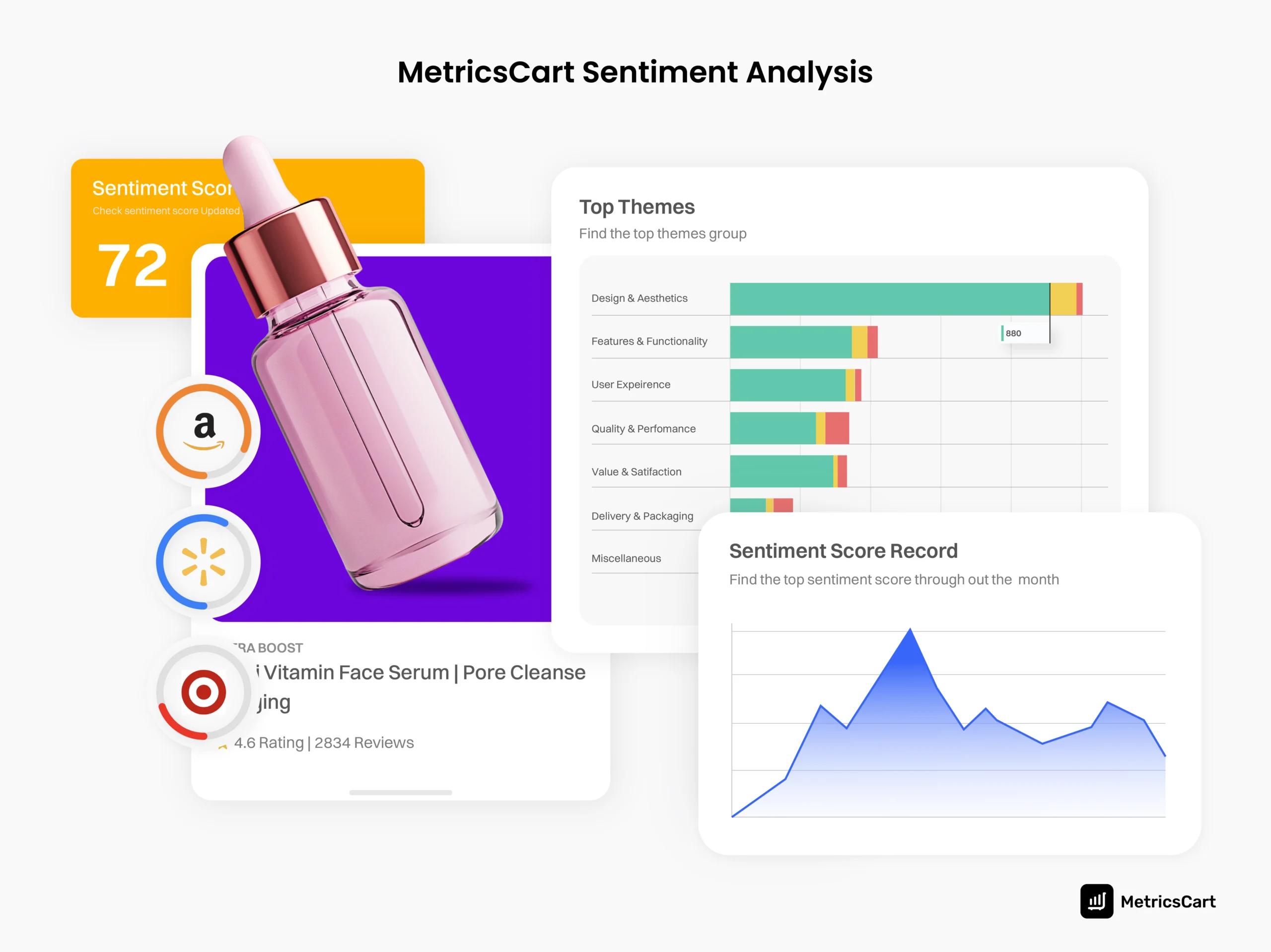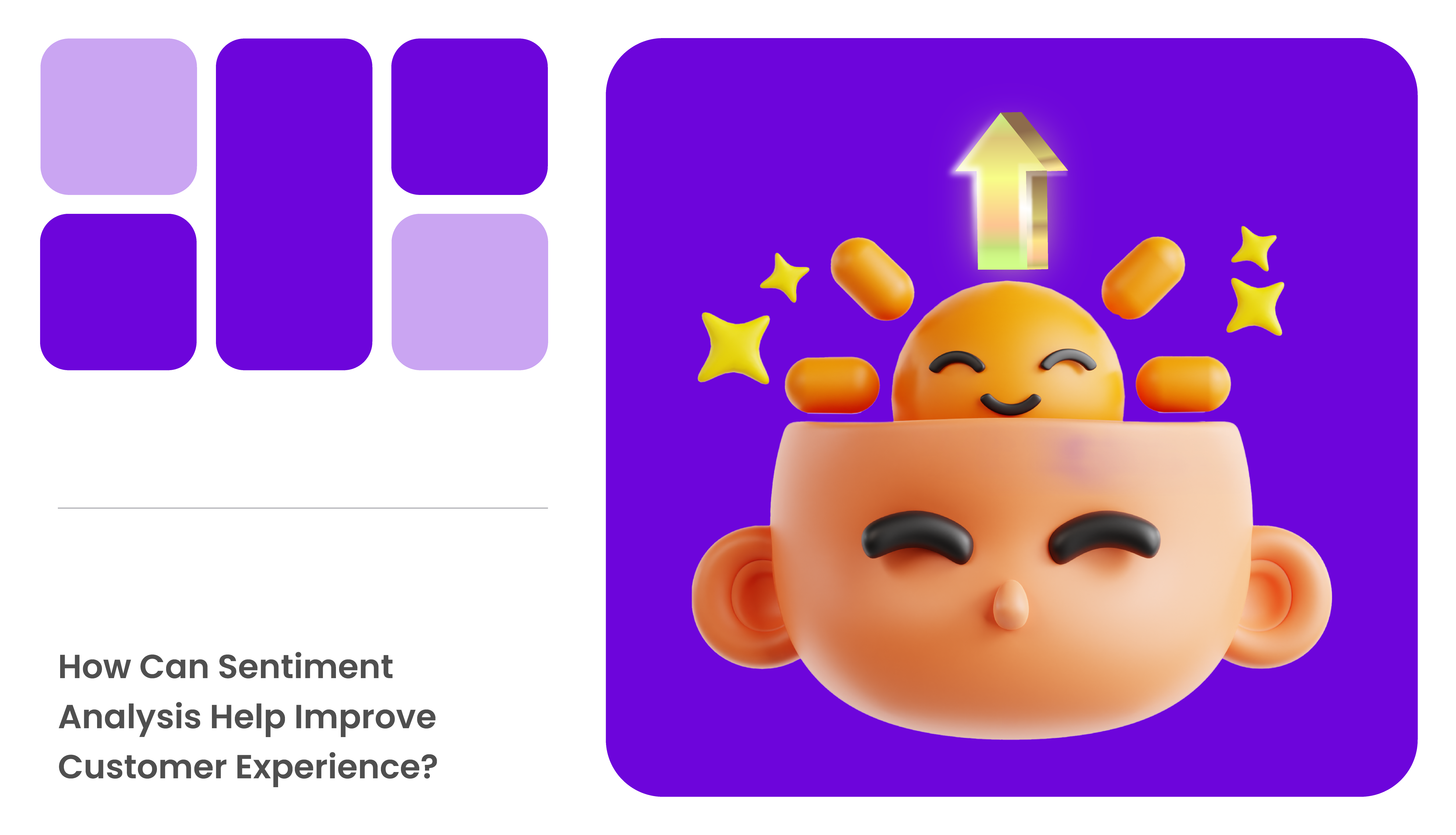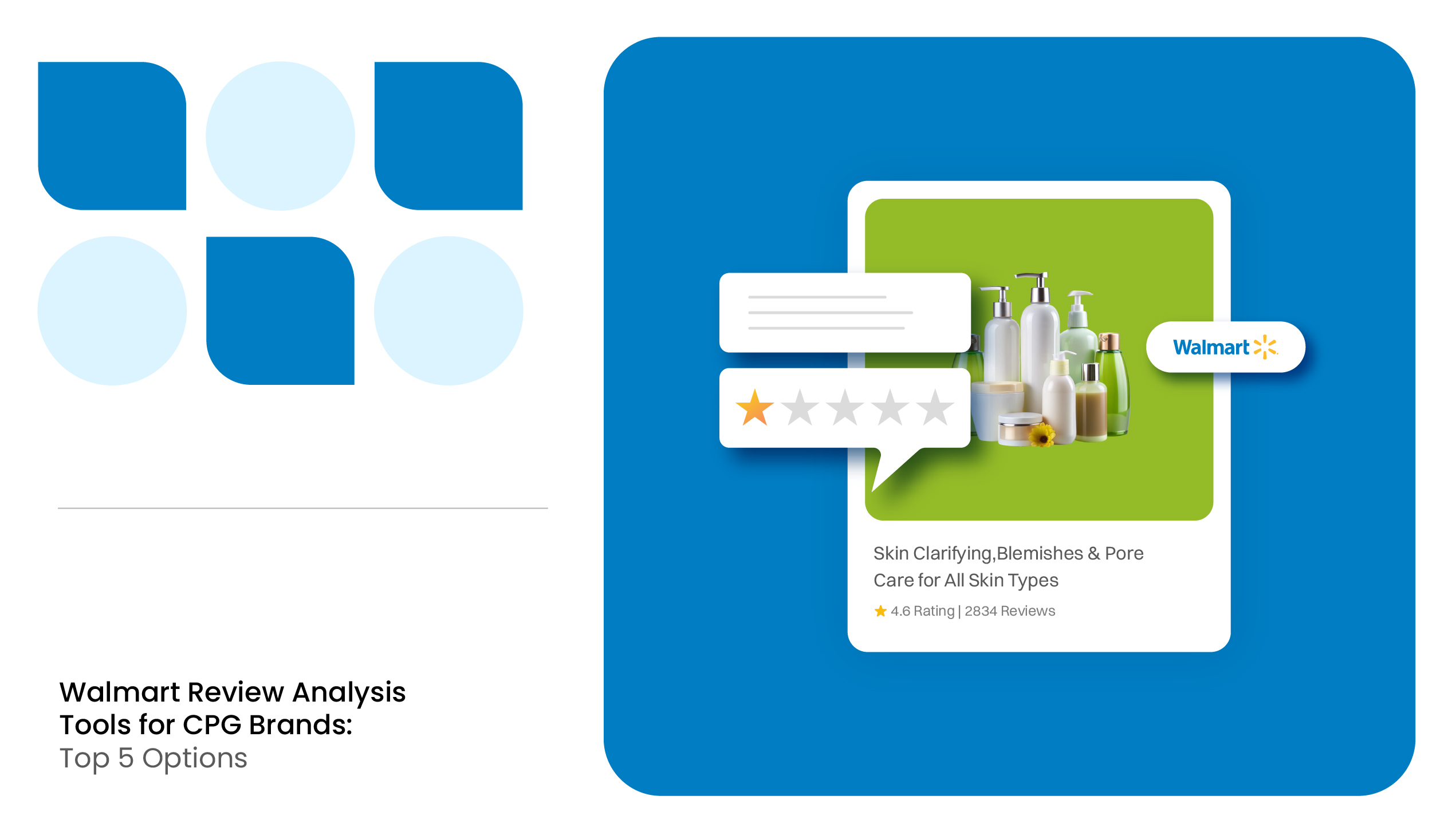Customer reviews have become an invaluable source of insight in e-commerce. They offer unfiltered feedback that reveals both customer satisfaction and frustration. These reviews aren’t just collections of words—they are rich data points that, when properly analyzed, can help you significantly improve customer experience.
Businesses can conduct an e-commerce customer sentiment analysis by leveraging the MetricsCart rating and review analysis platform. It helps enhance customer satisfaction and improve overall performance.
This article explores how sentiment analysis can significantly elevate customer experience in the e-commerce sector.
What is Sentiment Analysis: Definition and Benefits
Sentiment analysis, often referred to as opinion mining, is the process of using artificial intelligence (AI) and natural language processing (NLP) techniques to determine the emotional tone behind a series of words.

When applied to e-commerce, it categorizes sentiments as positive, negative, or neutral, providing you with a clear understanding of customer feelings toward your products.
Moreover, consumer sentiment tracking helps brands identify opportunities and risks early on. For instance, if sentiment data reveals a growing preference for sustainable products, companies can adapt their offerings to meet evolving consumer expectations.
Types of Sentiment Analysis
Some common types of sentiment analysis include:
- Rule-based Analysis: This is the most common form of identifying whether a review’s sentiment is positive, negative, or neutral based on pre-defined criteria.
- Aspect-Based Sentiment Analysis: This type focuses on identifying sentiments related to specific aspects of a product, such as pricing, quality, or delivery. It allows businesses to gain insights into particular features that customers like or dislike.
- Intent-based Sentiment Analysis: This approach not only identifies sentiment but also interprets the underlying intent behind the text, such as whether it expresses a complaint, a query, or a suggestion.
- Emotion Detection: This type of emotion detection analysis aims to identify specific emotions (e.g., joy, anger, fear) expressed in the text, providing a richer understanding of customer sentiments beyond positive or negative classifications.
Benefits of Sentiment Analysis
- Consumer sentiment tracking allows for the continuous monitoring of customer opinions, enabling businesses to react swiftly to emerging trends or issues.
- By understanding what drives customer satisfaction or dissatisfaction, businesses can make more informed decisions.
- Sentiment analysis tools can process thousands of reviews or comments in a short period, making it easier to handle large volumes of feedback across various platforms.
- Businesses can gain a comprehensive understanding of customer preferences and pain points that may not be obvious from high-level data alone.
- Consumer sentiment tracking acts as an early warning system for emerging dissatisfaction trends, providing brands with proactive opportunities and preventing escalations.
READ MORE | Want to Learn the Benefits of Review Monitoring? Check out Product Rating and Review Monitoring on the Digital Shelf
5 Ways to Improve Customer Experience with Sentiment Analysis
Consumer sentiment tracking provides businesses with valuable insights that can help them improve customer experience management. Below are the five ways to boost customer experience with consumer sentiment tracking:
Understand Customer Satisfaction and Frustration Levels
Sentiment analysis provides a nuanced view of customer satisfaction. Through customer feedback analysis, brands can understand how their products meet—or fall short of—consumer expectations.
For example, a clothing retailer analyzes customer sentiment and discovers a recurring complaint about the sizing of their products. By providing more detailed sizing charts or adjusting product dimensions, they can improve customer satisfaction and reduce cart abandonment rates.
Enables Faster Responses to Customer Feedback
52% of customers expect an answer within an hour of posting on a brand’s digital page.
Customers require timely responses to their queries or complaints, and delays can hurt brand loyalty. Sentiment analysis can quickly sift through vast amounts of data and identify negative comments rapidly.
For example, if an influx of negative reviews emerges about a new product feature, sentiment analysis can spot the trend immediately. You can then take corrective action before the issue escalates. This minimizes negative experiences and fosters a culture of responsiveness, ultimately enhancing customer loyalty.
READ MORE | Confused on How to Reply to Negative Reviews on Amazon? Check out Responding To Negative Reviews on Amazon: A Seller’s Guide
Helps in Product Development
Product development is often guided by customer feedback. Sentiment analysis can highlight recurring themes and sub-themes in customer reviews, enabling businesses to refine existing products or create new ones based on real customer needs.
For instance, if multiple customers express dissatisfaction with the battery performance of a particular smartphone model, manufacturers can prioritize innovations in battery technology for future models.
It ensures that new offerings align with customer expectations, leading to higher satisfaction rates and increased sales.
Helps Identify New Trends
Sentiment analysis reveals current customer opinions and helps you identify emerging trends. By monitoring shifts in sentiment over time, you can anticipate changes in consumer behavior and adapt the strategies accordingly.
According to a recent study by PwC, more than 70% of shoppers said they would be willing to pay more for sustainably produced goods.
Sentiment analysis helps you detect an increasing positive sentiment toward sustainable products and practices. This insight can lead to the creation of eco-friendly offerings that cater to the growing demand for sustainable solutions, attracting a broader customer base.

Ensures Effective Brand Reputation Management
Brand reputation is a critical factor in customer retention. Consumer sentiment tracking allows you to monitor shifts in both positive and negative sentiment across platforms.
For example, a sudden increase in negative reviews about customer service can tarnish a brand’s reputation if not addressed immediately. With a sentiment analysis platform, you can set up real-time alerts to flag these shifts, enabling quick action to resolve these issues.
This transparency helps maintain customer trust and loyalty. This also enables you to attract clients, increase your customer base, and boost sales.
READ MORE | Want to Improve Your Brand Reputation? Check out Online Brand Reputation Management: How To Improve Visibility and Ratings
Conclusion
Sentiment analysis offers brands a powerful tool for enhancing customer experience. By enabling businesses to understand customer satisfaction levels, respond quickly to feedback, guide product development, and stay ahead of trends, sentiment analysis drives better business outcomes.
MetricsCart’s advanced Ratings & Review analysis platform ensures that e-commerce sellers can fully harness the power of sentiment analysis, making it easier to deliver a superior customer experience and maintain a positive brand image.
Now, with the growing influence of online forums like Reddit and social listening on YouTube, tracking consumer conversations beyond traditional review platforms is becoming even more critical—and MetricsCart helps brands stay ahead by analyzing these insights as well.
Contact us and integrate sentiment analysis into your strategy with MetricsCart.
Struggling to Track Customer Sentiment? Stay Ahead With Our Review Monitoring!
FAQs
Traditional customer feedback analysis often involves manually reviewing comments or ratings, which can be time-consuming and subjective. Sentiment analysis, on the other hand, uses AI and machine learning to analyze large volumes of feedback, providing objective insights into customer sentiment more efficiently.
Absolutely! Sentiment analysis helps businesses of all sizes by providing insights into customer opinions and emotions, allowing small e-commerce sellers to respond more effectively to feedback, improve products, and enhance customer satisfaction.






